Home>Gardening & Outdoor>Landscaping Ideas>How To Seed Buffalo Grass
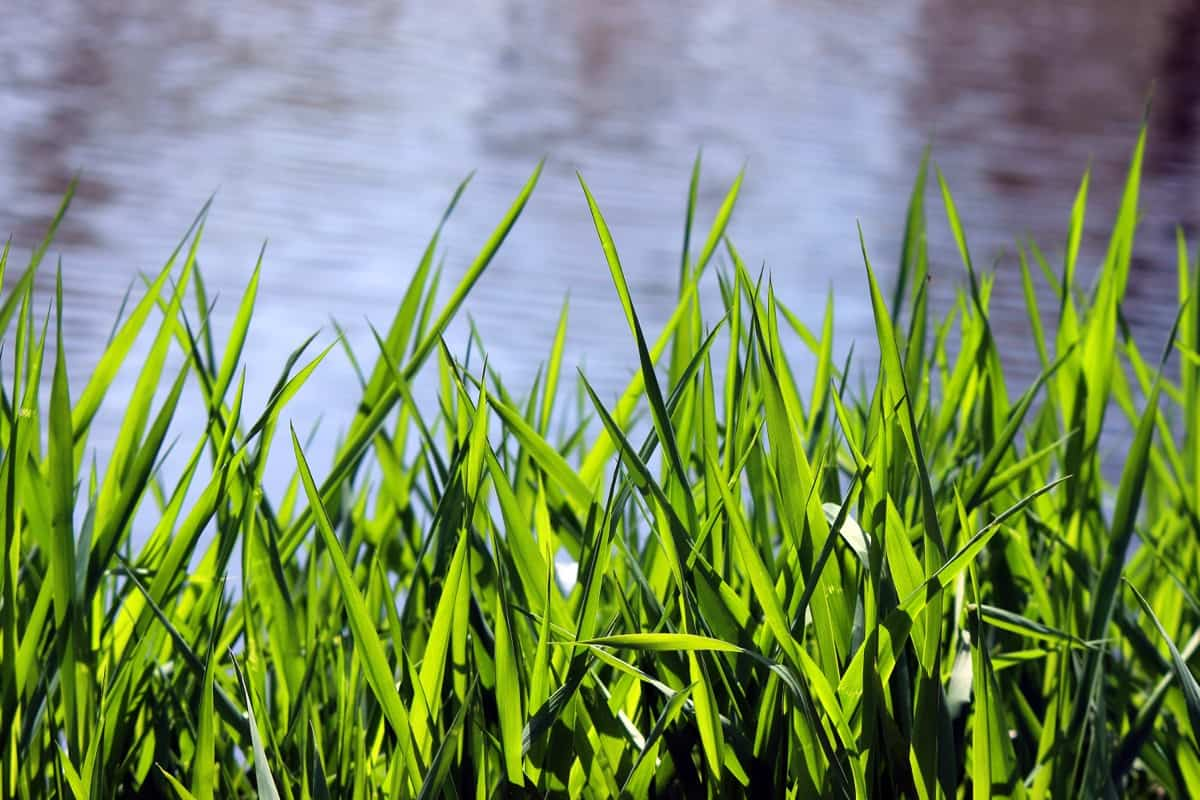

Landscaping Ideas
How To Seed Buffalo Grass
Modified: August 17, 2024
Learn how to seed buffalo grass with our expert landscaping ideas. Find step-by-step instructions and tips for successful grass seeding. Start your lawn transformation today!
(Many of the links in this article redirect to a specific reviewed product. Your purchase of these products through affiliate links helps to generate commission for Storables.com, at no extra cost. Learn more)
Introduction
Welcome to the world of buffalo grass, where the beauty of a lush, low-maintenance lawn meets the resilience of a native prairie grass. If you’re looking to transform your outdoor space with a grass that thrives in hot, dry conditions and requires minimal upkeep, then seeding buffalo grass might be the perfect solution for you.
In this comprehensive guide, we’ll explore the ins and outs of seeding buffalo grass, from understanding its unique characteristics to selecting the right seed, preparing the soil, and ensuring proper maintenance for a thriving lawn. Whether you’re a seasoned gardener or a first-time homeowner eager to cultivate a vibrant green carpet in your yard, this article will equip you with the knowledge and confidence to embark on a successful buffalo grass seeding journey.
So, grab your gardening gloves and let’s delve into the fascinating world of buffalo grass, where sustainability, beauty, and low maintenance converge to redefine the art of lawn care.
Key Takeaways:
- Seeding buffalo grass offers a low-maintenance, sustainable lawn solution for hot, dry climates. Its resilience, dense growth, and minimal upkeep make it an attractive choice for homeowners and environmental enthusiasts.
- Selecting the right buffalo grass seed, preparing the soil, and mindful watering and maintenance practices are crucial for establishing a vibrant and resilient lawn. Embrace the slow growth and sustainable allure of buffalo grass.
Read more: How To Plant Buffalo Grass Seed
Understanding Buffalo Grass
Before delving into the process of seeding buffalo grass, it’s essential to grasp the unique characteristics that make this grass a popular choice for homeowners and landscapers alike. Buffalo grass (Buchloe dactyloides) is a warm-season perennial grass native to the North American prairies. Its distinctive traits make it well-suited for regions with hot, dry climates and low annual rainfall.
One of the most appealing features of buffalo grass is its exceptional drought tolerance. This grass has deep roots that enable it to withstand extended periods of dryness, making it an ideal option for water-conscious gardeners and regions prone to water restrictions. Additionally, buffalo grass boasts excellent heat tolerance, thriving in full sun and high temperatures that can cause other grass varieties to wither and brown.
When it comes to maintenance, buffalo grass is a top contender for those seeking a low-maintenance lawn. Its slow growth habit means less frequent mowing, and its ability to outcompete many weeds reduces the need for herbicides and other chemical treatments. Furthermore, buffalo grass exhibits a dense growth pattern, creating a lush, carpet-like appearance that enhances the visual appeal of any landscape.
Understanding the growth habits and environmental preferences of buffalo grass is crucial for successful seeding and long-term maintenance. By choosing buffalo grass, you’re not only investing in a resilient and visually appealing lawn but also contributing to sustainable landscaping practices that align with the natural ecosystem.
Now that we’ve gained insight into the remarkable attributes of buffalo grass, let’s move on to the next step in our journey: selecting the right seed for your lawn.
Choosing the Right Seed
When embarking on the journey of seeding buffalo grass, selecting the right seed is a critical first step that sets the foundation for a thriving lawn. With several varieties of buffalo grass available, each exhibiting unique traits and adaptability, it’s essential to consider factors such as climate, soil type, and intended use when making your seed selection.
One of the most popular buffalo grass varieties is the ‘Bison’ cultivar, known for its fine texture, vibrant green color, and exceptional drought tolerance. ‘Bison’ buffalo grass is well-suited for residential lawns, parks, and golf courses, offering a visually appealing and resilient option for various landscaping needs.
For areas with high foot traffic or sports fields, the ‘Prairie’ buffalo grass variety is a preferred choice. This robust cultivar can withstand heavy use and quickly recuperate from damage, making it an excellent option for recreational and high-traffic areas.
When selecting buffalo grass seed, it’s crucial to consider your region’s climate and environmental conditions. Certain cultivars may be better suited for specific climates, so consulting with local horticulturists or extension offices can provide valuable insights into the most suitable buffalo grass varieties for your area.
Additionally, assessing the soil type and drainage in your lawn area is essential for choosing the right buffalo grass seed. While buffalo grass is known for its adaptability to various soil types, understanding the soil composition and drainage characteristics can help determine the most compatible seed variety for optimal establishment and growth.
Before purchasing buffalo grass seed, it’s advisable to inquire about the seed’s origin and quality. Opting for certified or reputable sources ensures that you’re investing in high-quality seed that meets industry standards and is free from contaminants or impurities.
By carefully evaluating your specific landscaping needs, climate considerations, and seed quality, you can confidently select the right buffalo grass seed for your lawn, laying the groundwork for a vibrant and resilient outdoor space. With the seed selection process demystified, the next step in our buffalo grass seeding journey is preparing the soil for optimal growth and establishment.
Preparing the Soil
Before sowing buffalo grass seed, it’s crucial to prepare the soil to create an optimal environment for seed germination, root establishment, and long-term growth. Proper soil preparation sets the stage for a healthy and thriving buffalo grass lawn, ensuring that the seeds have the best possible conditions for successful germination and development.
Begin by assessing the soil in your intended seeding area. Buffalo grass thrives in well-draining soils and is adaptable to a wide range of soil types, including clay, loam, and sandy soils. However, ensuring proper drainage is essential to prevent waterlogging, which can impede seed germination and root development.
If the soil in your lawn area is compacted or lacks adequate drainage, consider aerating the soil to improve its structure and allow for better air and water movement. Aeration can be achieved using specialized equipment that removes small cores of soil, alleviating compaction and enhancing the soil’s ability to absorb water and nutrients.
Once the soil is aerated, it’s beneficial to amend it with organic matter such as compost or well-rotted manure. Incorporating organic matter enriches the soil, improves its texture, and enhances its ability to retain moisture—a crucial factor for supporting buffalo grass growth, especially during the establishment phase.
After aerating and amending the soil, it’s time to ensure a level and uniform surface for seeding. Rake the soil to create a smooth and even seedbed, removing any debris, rocks, or large clumps that could hinder seed-to-soil contact. A level surface promotes consistent seed coverage and facilitates uniform germination and establishment.
Finally, consider conducting a soil test to assess the pH and nutrient levels in the soil. Buffalo grass thrives in slightly acidic to neutral soils, typically with a pH range of 6.0 to 7.5. If the soil pH is outside of this range, amendments may be necessary to adjust the pH to an optimal level for buffalo grass growth.
By diligently preparing the soil, you’re creating an environment that maximizes the potential for successful buffalo grass establishment and long-term vitality. With the soil primed and ready, the next step in our buffalo grass seeding journey is the actual process of sowing the seeds and nurturing their growth.
Tip: To seed buffalo grass, prepare the soil by removing weeds and debris. Then, spread the seeds evenly and lightly rake them into the soil. Water the area regularly to keep the soil moist until the grass is established.
Seeding Buffalo Grass
As you embark on the exciting journey of seeding buffalo grass, the process of sowing the seeds is a pivotal step that demands attention to detail and a mindful approach. By following best practices for seeding, you can facilitate optimal germination, encourage robust root development, and set the stage for a vibrant and resilient buffalo grass lawn.
Before spreading the buffalo grass seed, consider the recommended seeding rate for the specific variety you’ve selected. The ideal seeding rate ensures adequate coverage without overcrowding, promoting uniform establishment and a dense, healthy lawn. Most buffalo grass varieties require a relatively low seeding rate due to the grass’s spreading nature and ability to fill in over time.
When distributing the seed, aim for even coverage across the prepared soil surface. Using a broadcast spreader or hand-held seeder can help achieve uniform distribution, preventing patchy areas and promoting consistent germination. After spreading the seed, lightly rake the soil to ensure good seed-to-soil contact, which is essential for successful germination and initial root growth.
Following seed application, gently press the seeds into the soil using a lawn roller or by walking over the seeded area. This step aids in seed-soil contact and helps prevent the seeds from being displaced by wind or water runoff. It’s important to avoid burying the seeds too deeply, as buffalo grass seeds require light for germination.
After seeding, keep the soil consistently moist to support seed germination and early growth. Light, frequent watering is recommended to prevent the soil surface from drying out, but avoid overwatering, as excessive moisture can lead to seed rot and other issues. As the seeds germinate and the buffalo grass establishes, gradually transition to a deeper, less frequent watering schedule to encourage deep root development.
During the germination and establishment phase, it’s crucial to minimize foot traffic and avoid mowing the newly seeded area until the buffalo grass reaches a height of 3 to 4 inches. Allowing the grass to grow undisturbed promotes strong root development and ensures a healthy, resilient lawn in the long run.
By following these steps for seeding buffalo grass and providing attentive care during the critical establishment period, you’re setting the stage for a lush, sustainable lawn that embodies the beauty and resilience of this native prairie grass. As the buffalo grass takes root and flourishes, the next phase of our journey involves ongoing maintenance and care to nurture its growth and ensure long-term vitality.
Read more: How To Plant Buffalo Grass
Watering and Maintenance
Proper watering and maintenance play a pivotal role in nurturing the establishment and long-term health of your newly seeded buffalo grass lawn. By implementing a well-structured watering regimen and adhering to essential maintenance practices, you can foster a thriving, resilient lawn that embodies the natural beauty and sustainability of buffalo grass.
During the initial germination phase, maintaining consistent soil moisture is crucial for successful seedling emergence and early growth. Light, frequent watering is recommended to keep the soil surface moist, ensuring that the seeds remain hydrated without being subjected to excessive water that could lead to pooling or runoff. As the buffalo grass establishes, gradually transition to a deeper, less frequent watering schedule to encourage the development of deep, drought-resistant roots.
Regular monitoring of soil moisture levels is essential, especially during hot and dry periods. Adjust your watering frequency and duration based on weather conditions and the grass’s water needs, striving to maintain a healthy balance that promotes robust growth and resilience. Avoid overwatering, as excessively moist soil can lead to shallow root development and make the grass more susceptible to stress and disease.
Mowing is an integral part of buffalo grass maintenance, contributing to a tidy appearance and promoting healthy growth. When mowing newly seeded buffalo grass, wait until the grass reaches a height of 3 to 4 inches before the first mowing. Set your mower blade to a height of 2 to 3 inches to avoid stressing the grass and promote a dense, lush lawn. Regular mowing helps maintain an even height, encourages tillering, and minimizes weed competition, contributing to the overall health and aesthetics of the buffalo grass lawn.
Fertilization is another aspect of buffalo grass maintenance that warrants attention. While buffalo grass is known for its low fertility requirements, a balanced fertilizer application in early spring can support healthy growth and vigor. Opt for a slow-release, low-nitrogen fertilizer to provide the necessary nutrients without promoting excessive top growth, which can compromise the grass’s drought tolerance and resilience.
In addition to watering, mowing, and fertilization, proactive weed control and pest management are essential components of buffalo grass maintenance. Regularly inspect the lawn for weeds and address any invasive species promptly to prevent them from competing with the buffalo grass for resources and space. Integrated pest management practices can help mitigate potential pest issues while minimizing the need for chemical treatments.
By integrating a comprehensive approach to watering and maintenance, you can nurture the long-term health and vitality of your buffalo grass lawn, creating a sustainable and visually appealing outdoor space that thrives in harmony with its natural surroundings. As we conclude our exploration of buffalo grass seeding and maintenance, it’s evident that this resilient native grass offers a compelling blend of beauty, sustainability, and low maintenance, making it a standout choice for any landscape.
Conclusion
As we conclude our journey through the art of seeding buffalo grass, we’ve uncovered the remarkable qualities and practical considerations that make this native prairie grass a compelling choice for sustainable, low-maintenance lawns. From understanding the unique characteristics of buffalo grass to selecting the right seed, preparing the soil, and nurturing the grass through watering and maintenance, we’ve delved into the intricacies of cultivating a thriving buffalo grass lawn.
Buffalo grass, with its exceptional drought tolerance, heat resistance, and low maintenance requirements, presents a harmonious blend of resilience and beauty, perfectly suited for regions with hot, dry climates and water conservation initiatives. Its dense growth habit, fine texture, and adaptability to various soil types make it an attractive option for homeowners, landscapers, and environmental enthusiasts seeking a sustainable and visually appealing lawn solution.
By carefully selecting high-quality buffalo grass seed, preparing the soil to create an optimal growing environment, and implementing mindful watering and maintenance practices, you can establish a vibrant and resilient buffalo grass lawn that enhances the natural beauty of your outdoor space while aligning with sustainable landscaping principles.
As you embark on your buffalo grass seeding journey, remember that patience and attentive care are key to nurturing the grass through its establishment phase and beyond. Embrace the slow growth habit of buffalo grass, revel in its ability to outcompete weeds, and celebrate the sustainable allure of a low-maintenance lawn that reflects the resilience and beauty of the native prairie ecosystem.
Whether you’re transforming your backyard into a lush oasis or revitalizing a vast landscape with the allure of buffalo grass, the journey of seeding and nurturing this remarkable grass is a testament to the art of sustainable landscaping and the timeless appeal of native flora. With each blade of buffalo grass that takes root, you’re contributing to a landscape that thrives in harmony with nature, embodying the enduring beauty and resilience of this indigenous prairie grass.
So, as you set forth on your buffalo grass seeding endeavor, may your lawn flourish with the vitality and grace of this remarkable grass, and may your outdoor space become a living testament to the enduring allure of buffalo grass and the artistry of sustainable landscaping.
Curious about the grass you're planting? Get to know more about buffalo grass, its origins, and why it's a top choice for many gardeners in our detailed guide. If you're looking to take your gardening practices to the next level, why not consider sustainable landscaping? This approach not only beautifies your space but also respects and preserves our environment. Dive into our insights on how adopting sustainable methods can transform your garden and the planet.
Frequently Asked Questions about How To Seed Buffalo Grass
Was this page helpful?
At Storables.com, we guarantee accurate and reliable information. Our content, validated by Expert Board Contributors, is crafted following stringent Editorial Policies. We're committed to providing you with well-researched, expert-backed insights for all your informational needs.

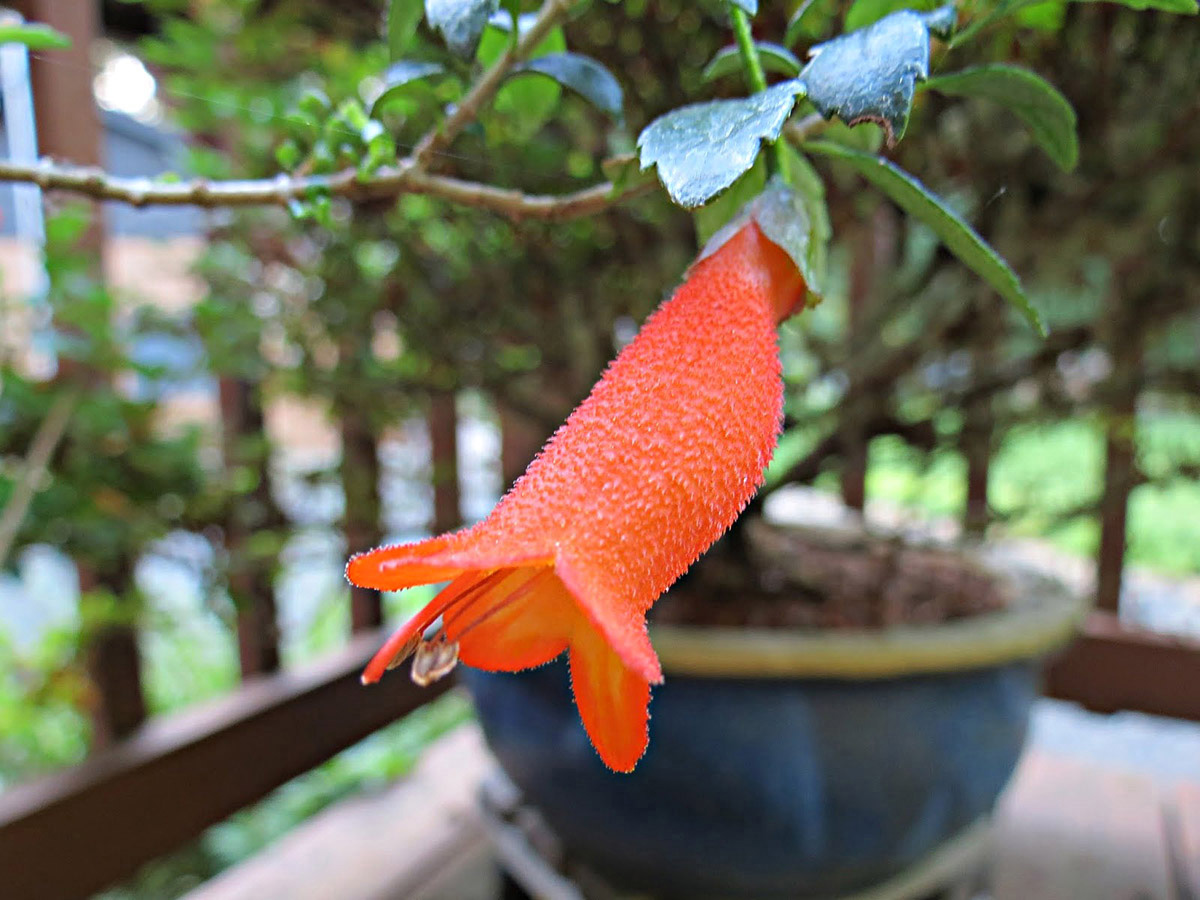
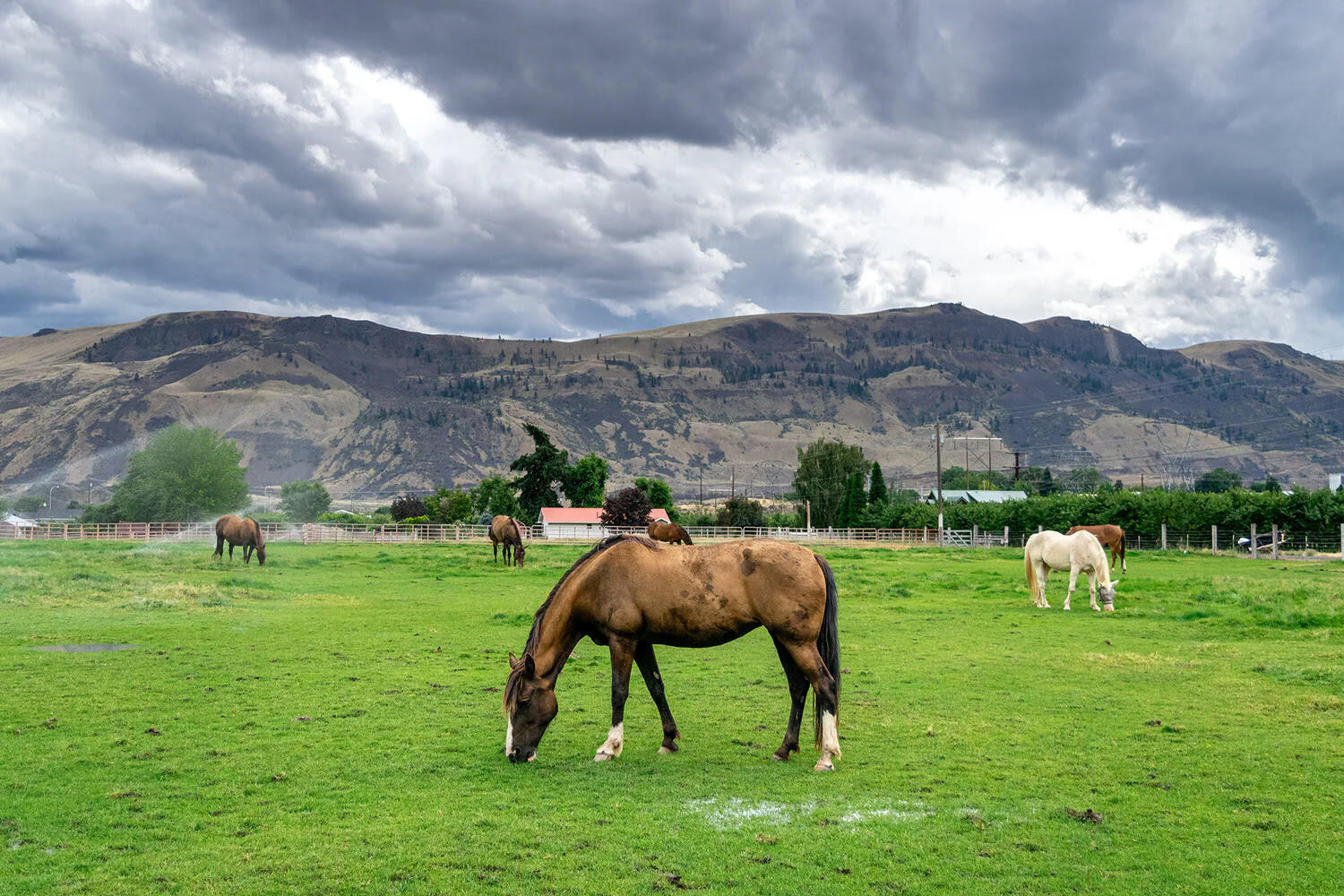


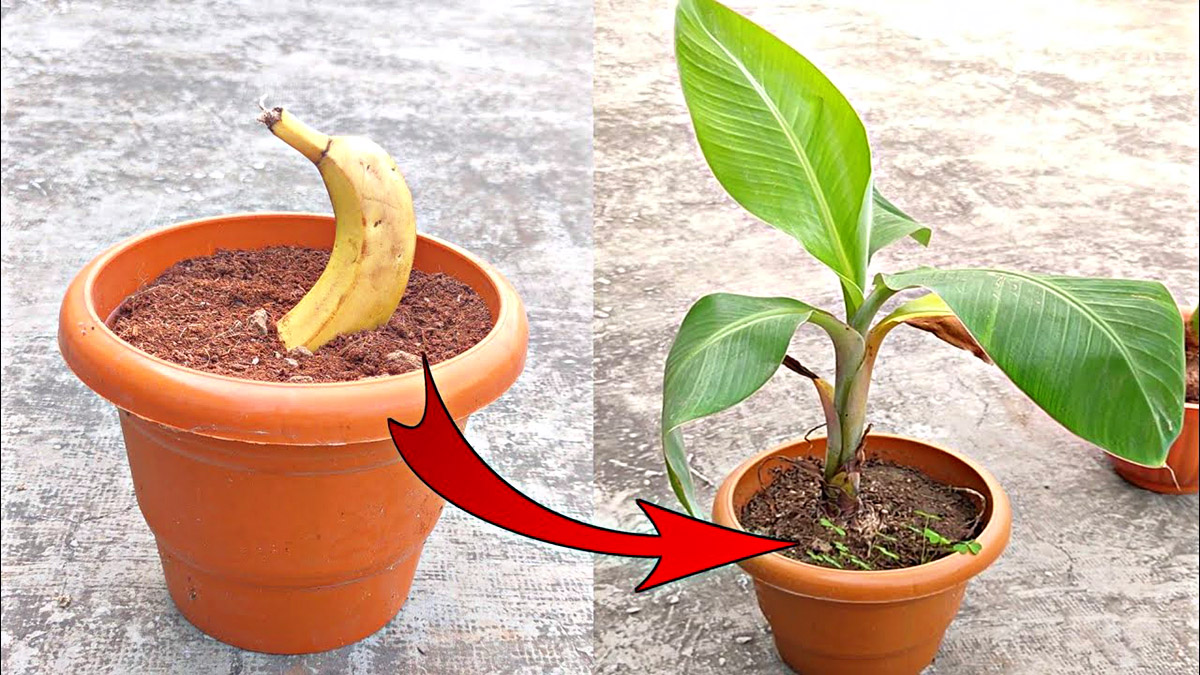
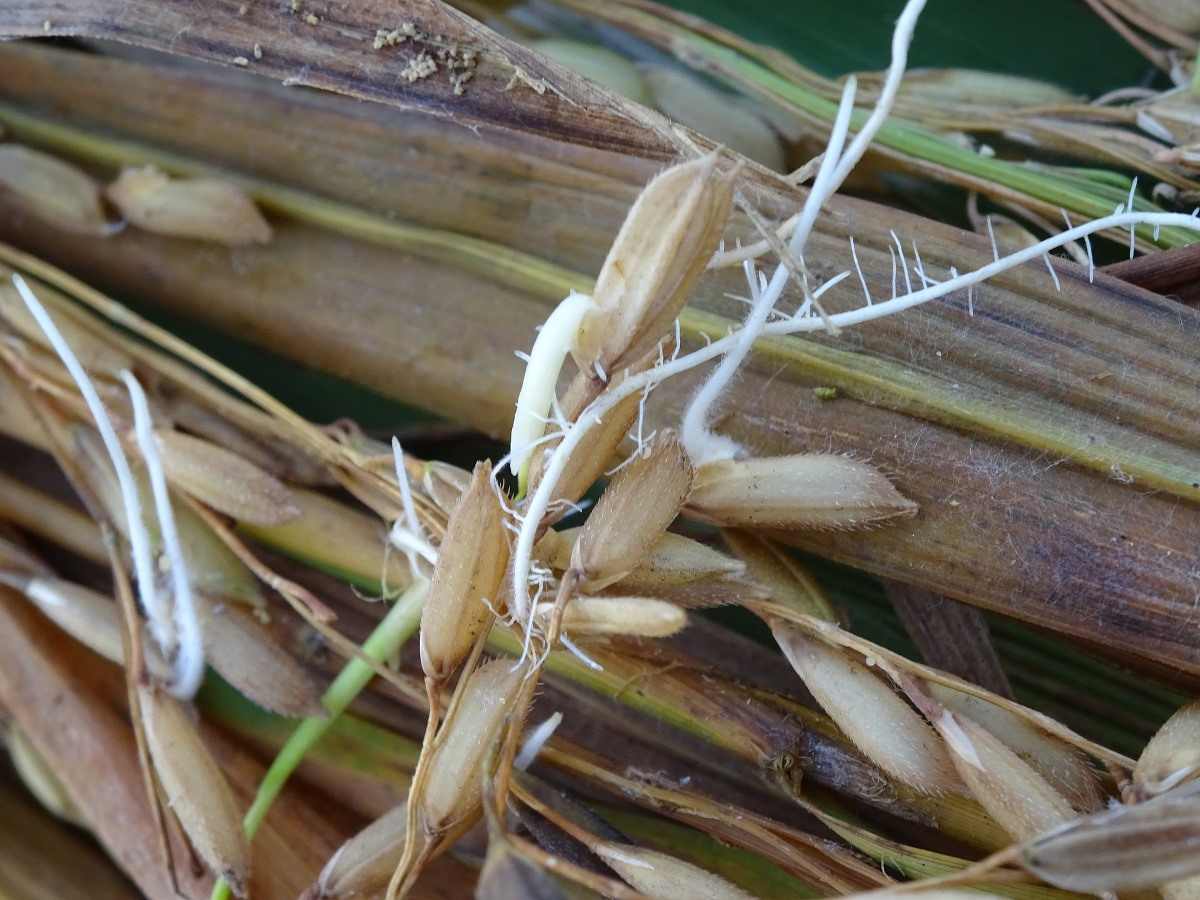
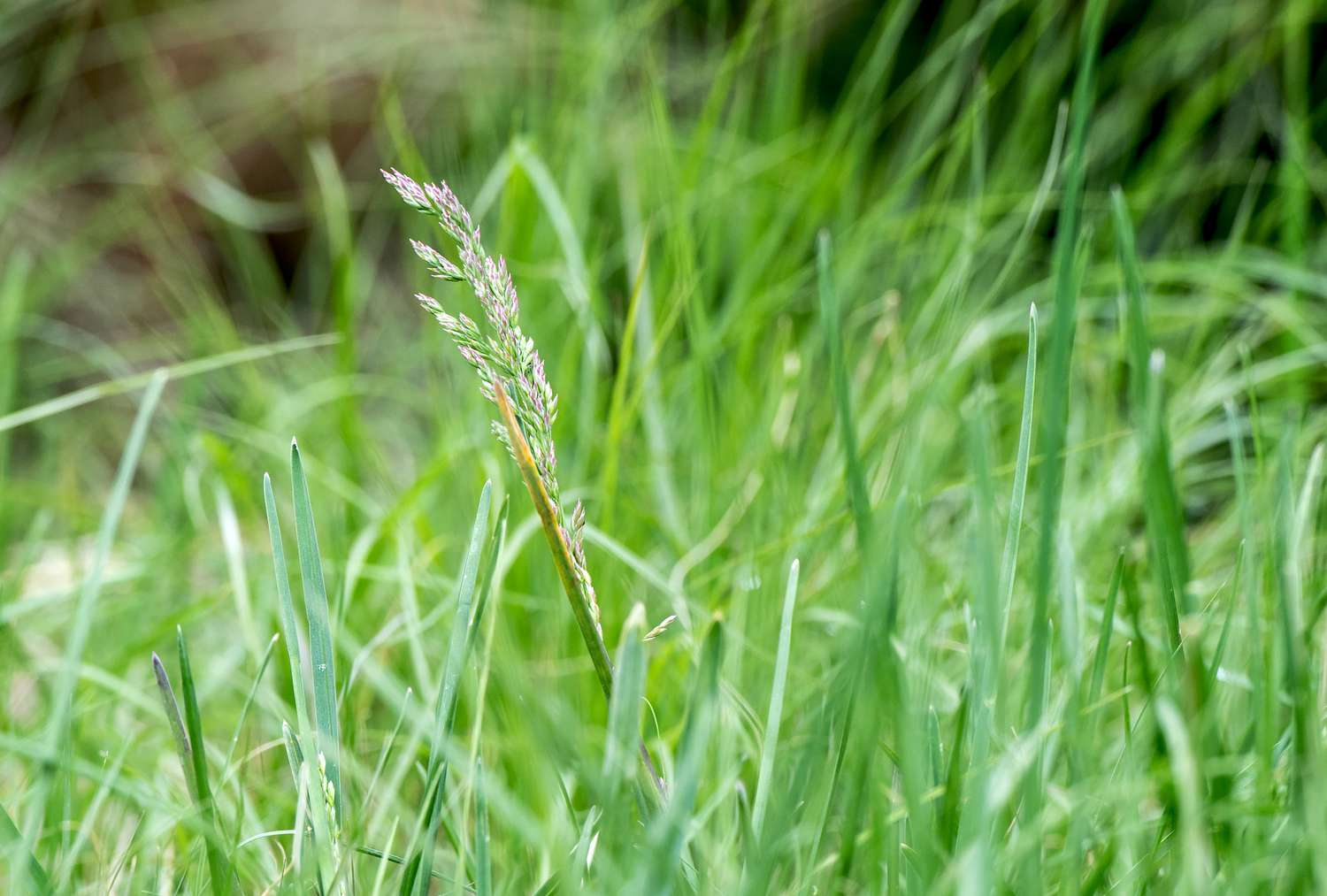
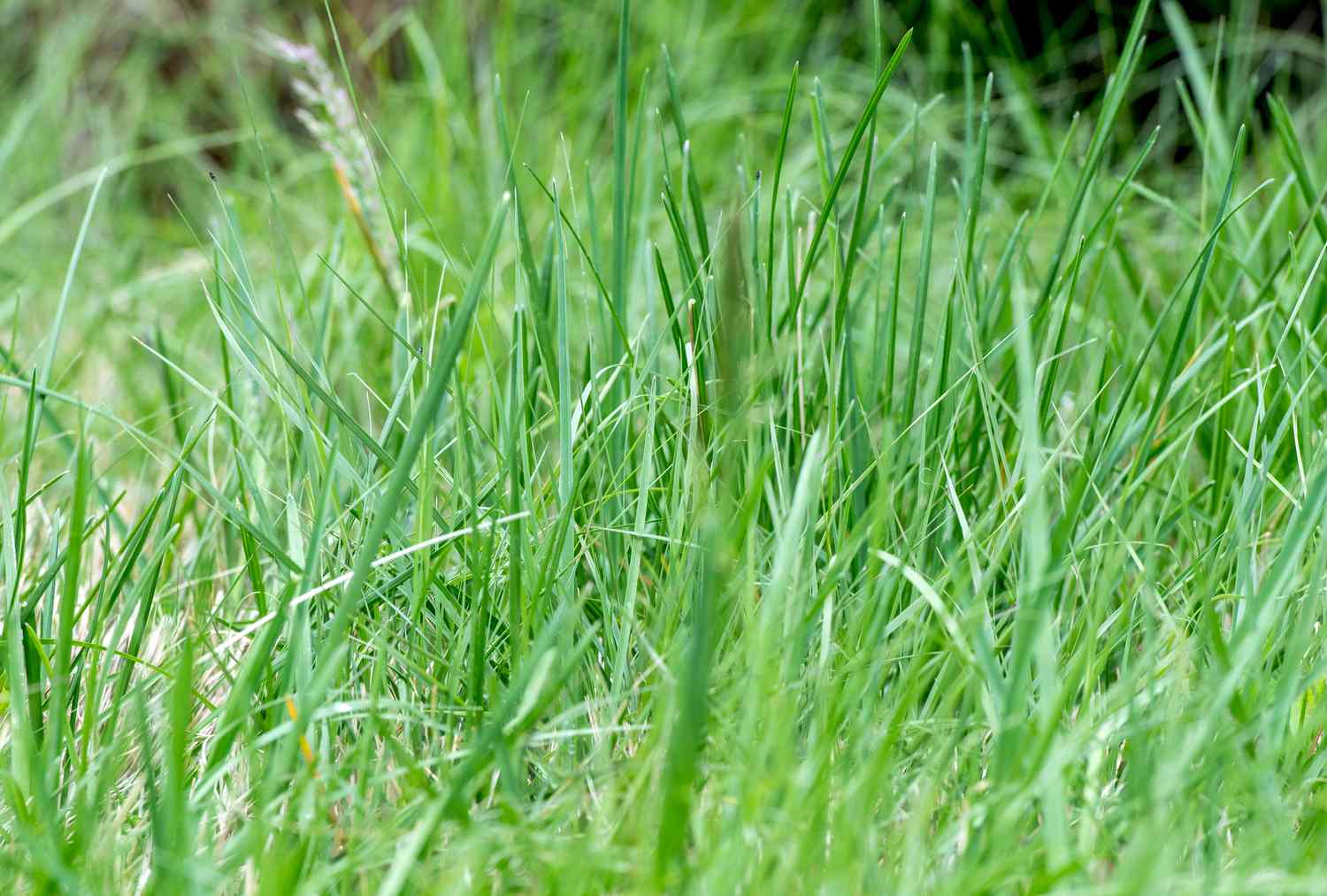
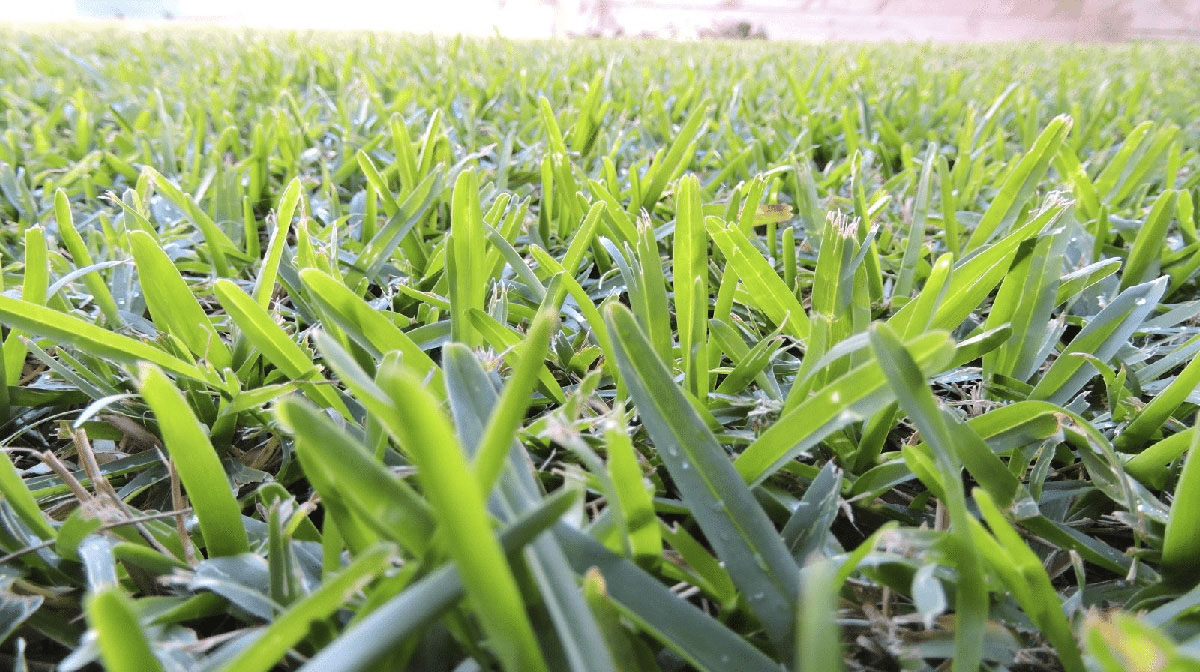
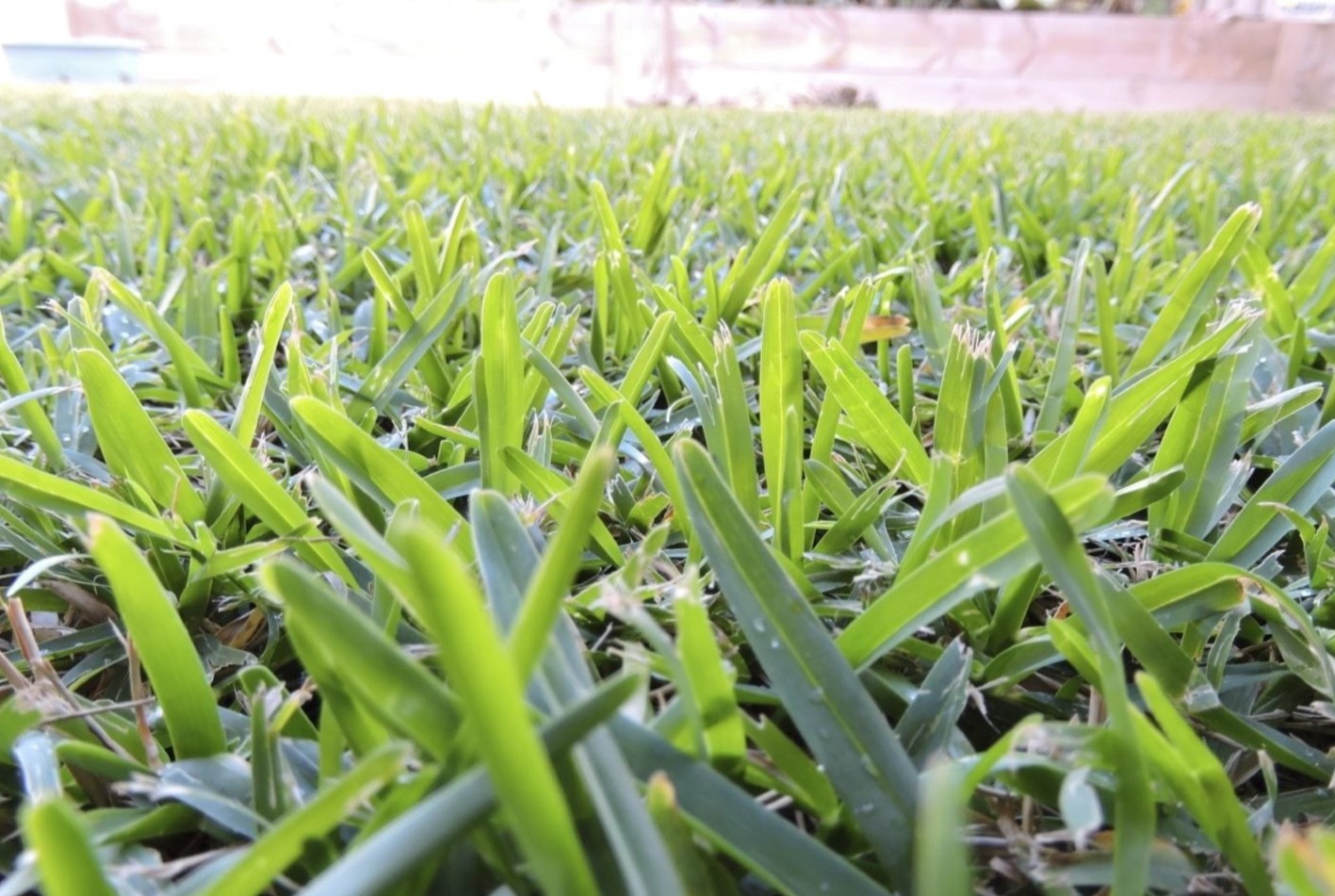




0 thoughts on “How To Seed Buffalo Grass”